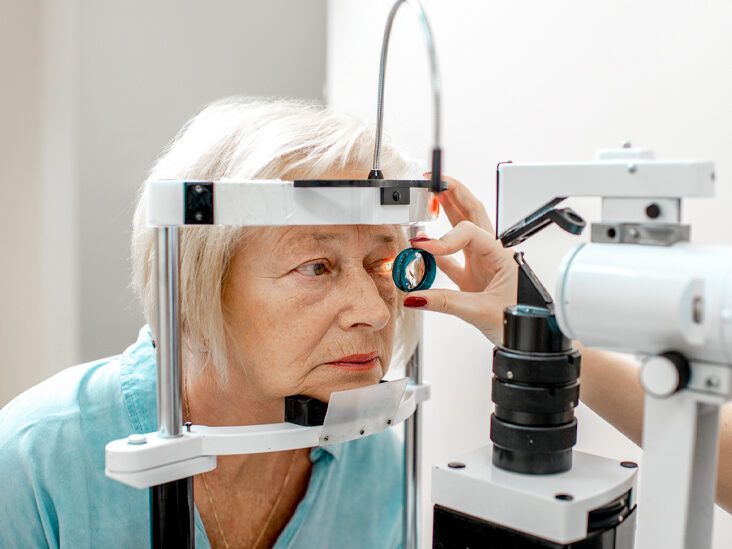
Image Source: Google
Glaucoma is a leading cause of irreversible blindness worldwide, affecting millions of people. In Austin, Texas, innovative research and groundbreaking treatments are being developed to combat this sight-threatening disease.
From the laboratory to clinical practice, Austin has been at the forefront of advancing glaucoma treatments, offering hope to patients, and transforming the way this condition is managed.
The Role of Research in Austin
Collaboration between Institutions
- Several research institutions in Austin, including the University of Texas at Austin and the Dell Medical School, are actively involved in glaucoma research.
- Researchers collaborate with ophthalmologists and other healthcare professionals to translate scientific discoveries into clinical applications.
Innovative Technologies
- Austin is home to cutting-edge research in the field of ocular imaging and diagnostics, leading to early detection and monitoring of glaucoma.
- New technologies such as advanced imaging devices and artificial intelligence algorithms are revolutionizing the way glaucoma is diagnosed and managed.
Advancements in Glaucoma Treatments
Drug Development
- Researchers in Austin are at the forefront of developing new medications to lower intraocular pressure, a key risk factor for glaucoma progression.
- Novel drug delivery systems, such as sustained-release implants, are being studied to improve treatment adherence and efficacy.
Surgical Innovations
- Austin-based ophthalmologists are pioneers in the development of minimally invasive glaucoma surgeries (MIGS) that offer safer and more effective alternatives to traditional procedures.
- Microsurgical devices and techniques developed in Austin are helping to improve surgical outcomes and reduce complications in glaucoma patients.
Patient-Centered Care in Austin
Personalized Treatment Plans
- Ophthalmologists in Austin take a personalized approach to managing glaucoma, considering each patient's unique needs and preferences.
- Treatment plans may include a combination of medications, laser therapy, and surgical interventions tailored to optimize outcomes and quality of life.
Community Outreach and Education
- Healthcare providers in Austin are actively engaged in raising awareness about glaucoma and the importance of regular eye examinations for early detection and treatment.
- Community events, educational workshops, and screening programs help to reach underserved populations and reduce the burden of undiagnosed glaucoma in the community.
Future Directions in Glaucoma Research
Regenerative Therapies
- Researchers in Austin are exploring regenerative medicine approaches to repair damaged optic nerve cells and restore vision loss in glaucoma patients.
- Stem cell therapies and gene-based interventions hold promise for reversing the effects of glaucoma and preventing further vision deterioration.
Precision Medicine
- Austin is leading the way in the development of precision medicine strategies for predicting individual responses to glaucoma treatments based on genetic and molecular markers.
- Personalized treatment algorithms may soon become a reality, allowing ophthalmologists to tailor interventions to each patient's unique genetic profile and disease characteristics.
Conclusion
From cutting-edge research to patient-centered care, Austin's contribution to advancing glaucoma treatments is making a significant impact on the lives of individuals affected by this debilitating eye disease. With ongoing innovations and a commitment to improving outcomes for patients, Austin remains a hub of excellence in the field of ophthalmology and a beacon of hope for the future of glaucoma treatment.